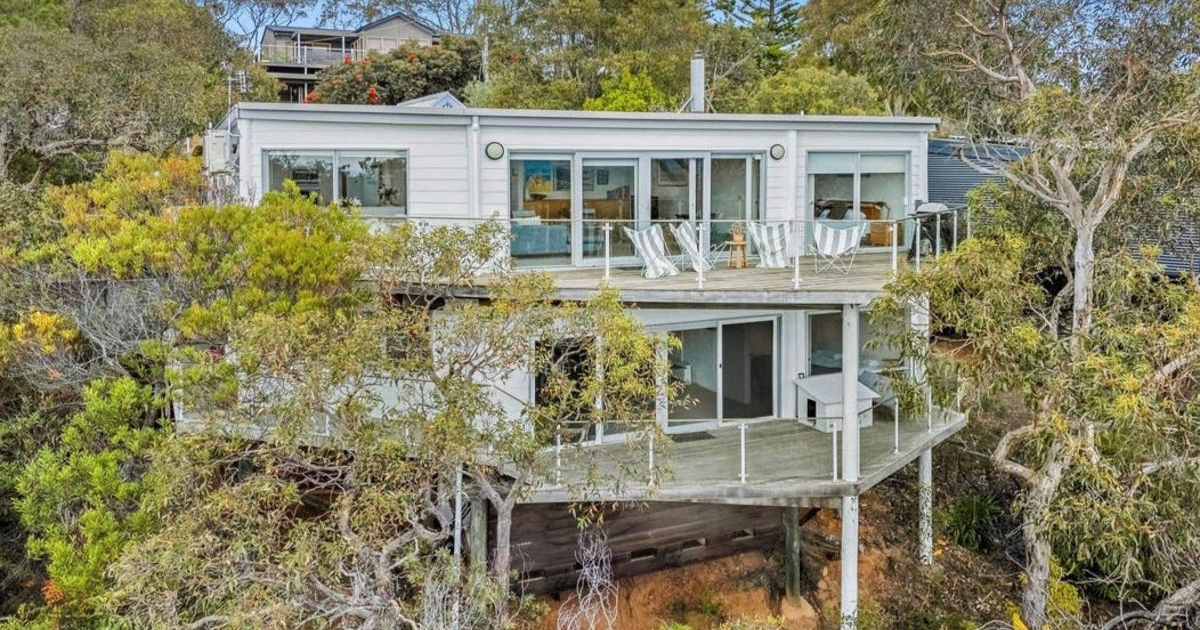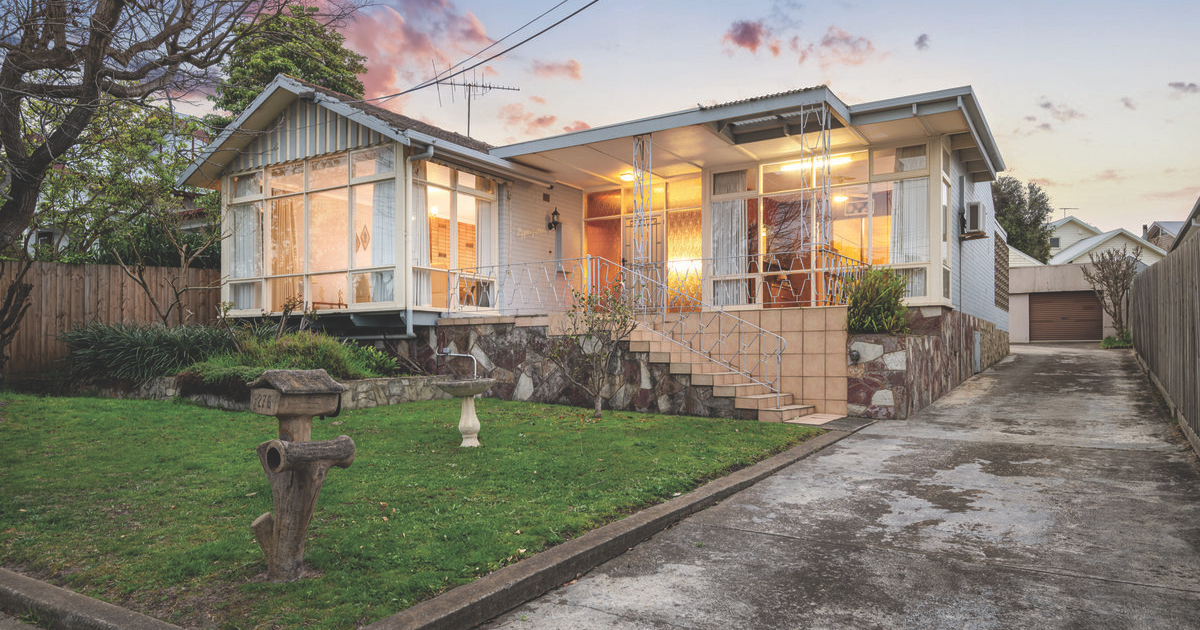Town by town snapshot: Queenscliff
The size of Queenscliff is approximately 3.2 square kilometres and has seven parks covering nearly 23 per cent of total area.
The population of Queenscliff in 2011 was 1,417 people and by the 2016 Census the population was 1,328 showing a population decline of 6.3 per cent in the area during that time.
Queenscliff was originally named Shortlands Bluff, a prominent headland named after Peter Shortland a member of a maritime survey party (1836).
A light station was constructed on the headland in 1842 and a township was surveyed in 1853.
Its post office (1853) was named Shortland’s Bluff, but changed to Queenscliff in 1854, that being the official name bestowed as a compliment to Queen Victoria.
A school, a church and a hotel opened in 1854, and Queenscliff was connected by telegraph to Melbourne in 1855.
In 1862-63 three definitive guns were placed at Queenscliff as part of elaborate fortifications to protect the entrance to Port Phillip Bay.
All came to fruition in the late 1880s, the main stages being a railway from Geelong for troop movements (1879), two gun batteries at Queenscliff (1880) and completion of fortifications at Queenscliff and on the other side of the bay’s entrance (Point Nepean and Fort Franklin, Portsea) in the late 1880s.
A borough council was formed in 1863 and within five years there were substantially built Anglican, Catholic and Wesleyan churches.
The town jetty was lengthened in 1860, a local fishing industry grew during the coming decade and the first excursion boats brought more visitors to Queenscliff’s five hotels.
It was the railway, however, which brought many more holiday makers, and the excursion boats which came into their own in the 1880s.
Visitors were welcomed by increasingly opulent hotels, rococo triple-storeyed buildings that held 150 or more guests.
By federation Queenscliff had reached near completion, except for conveniences such as State-supplied electricity (1923) and sewerage (1970’s).


















